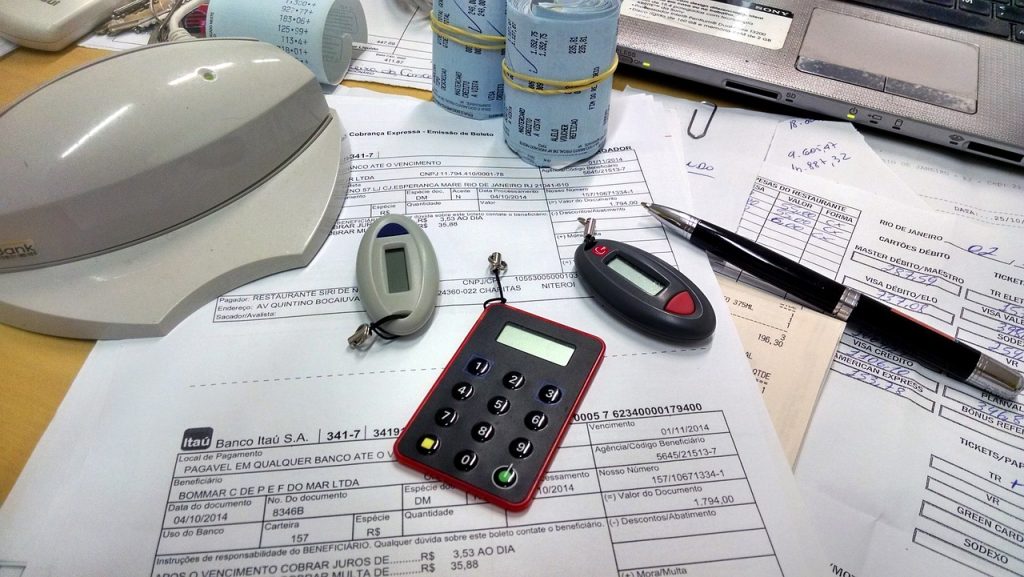
What Is a Business Debt Schedule?
A business debt schedule is a list or table that includes a detailed account of all of your business’s current debts. It sounds like a simple enough thing to do, but making a debt schedule is actually one of the most important steps you can take to successfully manage your business’s finances.
When you consider the fact that roughly 70% of small employer firms have outstanding debt, it becomes even clearer how critical it is to be on top of your debt obligations.
Not sure how to make a business debt schedule? Are you uncertain of what to include in it? Keep reading to discover everything you need to know about making and using a debt schedule!
What should a business debt schedule include?
A business debt schedule should include all of your business’s current debt obligations. It will serve as a tool to quickly understand the details of your debts. Your debt schedule may include:
- Business loans (through banks or alternative lenders)
- Lines of credit
- Leases (of business equipment, commercial vehicles, etc.)
- Contracts (with suppliers, for example)
- Other miscellaneous expenses
Although ‘all’ of your business’s debts should be listed in your debt schedule, typically the list will exclude normal expenses such as:
- Accounts payable
- Rent
- Utilities
- Insurance
- Payroll
- Taxes
Note: Speaking of payroll, if you had difficulties meeting your payroll costs as a result of COVID-19, there was a program designed specifically to meet that need – the Paycheck Protection Program. As of this article’s publishing, the PPP is officially closed – but there are still PPP alternatives that you can use to help meet your financial obligations.
Look into the SBA EIDL program where your business can get approved for a $10,000 advance that doesn’t need to be repaid!
The reason those sorts of expenses are usually left out of a business debt schedule is that things like rent and utilities are basic necessities that you will normally not have much wiggle room to negotiate over.
On the other hand, listing other ‘periodic’ payables (like those listed above) on your business debt schedule will give you a useful resource where you can find relevant information if you ever choose to negotiate better terms with your creditors or lenders, decide where you should pay debts first, or even choose whether or not to take on more debt. Each debt that you list on your debt schedule should include information such as:
- Creditor / Lender
- Current balance
- Principal amount
- Monthly payment
- Due date
- Interest rate
- Maturity date
- Collateral
Click the link below to see an example of what your business debt schedule table should look like.
Fill it in and start keeping track of your business’s debts!
Now that you know what a business debt schedule is and what you should (and shouldn’t) include on it, you may be wondering just what exactly a debt schedule is useful for. We discuss that next.

What is a business debt schedule used for?
A business debt schedule is useful not only for giving you a clear and organized visualization of your debts, but also for making it easier to review your expenses and make the necessary calculations to keep your budget balanced.
Here are a few specific examples of what a business debt schedule can be used for:
1. Track your business’s financial stability – your priorities can shift and change over time, and a debt schedule will help you see which debts need to be paid now and which can be put off for a bit.
Note: You’ll also find a business debt schedule useful when calculating your permanent working capital (i.e. the minimum amount of working capital that is needed for a business to cover all current liabilities and also continue operating).
2. Generate accurate forecasts – by using a debt schedule to track your month-to-month expenses, you’ll be able to more accurately determine what your sales goals should be and, from there, forecast your sales and debts for the future.
3. Avoid missing your payments – one of the most fundamental ways that a business debt schedule can be used is to give yourself a reminder of when your payments are due. Simple as it is, that one function can help you reduce the risk of missing a payment and damaging your credit.
Note: Strengthen your credit score even more by learning about the Five Cs of Credit.
4. Decide if you can afford new debt – a debt schedule comes in handy when you want to measure your debt service coverage ratio (DSCR), which your business should be using in order to determine how much money you can afford to use to pay off debts.
5. Provide new lenders key information – if and when you do decide to take on new debt, your new lender will ask for specific information that they’ll use to determine your fundability. A business debt schedule will serve as a key source for that information and will also show the new lender that you’re serious about tracking your business’s financial health and stability.
Get started today
If you haven’t been keeping a business debt schedule, now is the time to begin. Keeping a debt schedule is a fairly easy step to take which will help you and your business in a variety of ways – all of which can make it easier to maintain your business’s financial health. Be sure to scroll back up and download our business debt schedule example which you are free to use!




